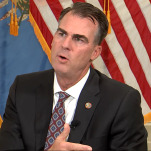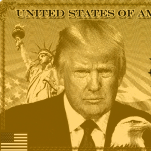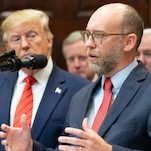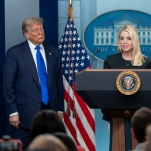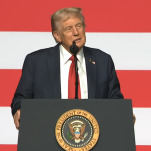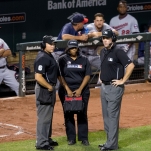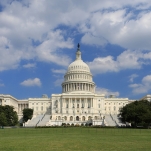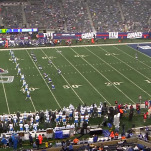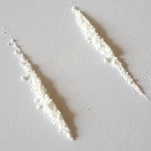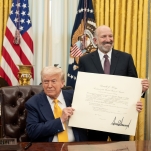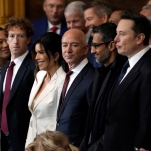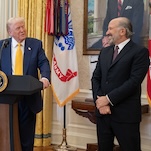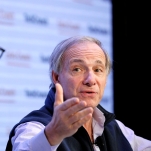Today’s Jobs Report Was Good News, Which Is Bad News for Trump
Photo by The White House
I got my prediction for the April jobs report wrong. In my article last month about how Musk and Trump could crash the economy, I wrote about the shitty macro environment Trump was creating with his threats to growth and Elon’s destruction of the federal government all creating an uncertain future for investors. I looked to the April jobs report as a seemingly obvious spark for “reality check season” beginning this week, as I anticipated that was when Elon’s influence would begin to show itself in the jobs numbers. It did not today, or if it did, it’s not obvious. What wound up happening between my prediction and today was explained well by Jesse Rothstein, professor of economics at UC Berkeley who also anticipated a bloodbath in the unemployment books today.
There are two reasons we won’t see the anticipated big federal job losses in March: 1) When workers have been fired, they haven’t necessarily been removed from payroll immediately. Some have been paid out for a couple of months. Those still count as jobs. 2) Judges have reversed many firings.
— Jesse Rothstein (@jrothst.bsky.social) April 2, 2025 at 9:38 PM
Musk’s ongoing destruction of America’s largest employer will eventually be captured in the unemployment figures, this is just basic first-grade math at scale, but it may not be concentrated in one or two jobs reports. It could be much more spread out. The whims of bureaucracy plus the judiciary being the sole bulwark against a full autocratic takeover have complicated this picture, and while it produced good news today where the hiring numbers surpassed expectations with 228,000 new jobs added in March, this was interpreted as bad news by the market in the broader context of Trump nuking the entire global economy to hell.
“But how can more people working than expected be bad news?” you ask as if we still live in a world that makes sense. First, the world we came from is more fragile than we thought, as the nightmare August jobs report was really what first spooked the markets, and there is a difference between beating expectations and being generally good. The overall labor market environment was already steady but uneasy, and Musk and Trump aren’t making the picture any clearer. We live in Trump’s world now, where everything you buy from China has a 54 percent surcharge to it, and perhaps more if he responds to China’s actual retaliatory tariffs of 34 percent on U.S. goods. The stock market is gapping down hard today and yesterday like we are in the midst of a crisis, but we’re not. What’s happening is functionally a repricing event like in 2022, and in that context, good job reports are bad news for the market, because they prove the economy is not as weak as the sea of red makes it seem.
-

-

-

-

-

-

-

-

-

-

-

-

-

-

-

-

-

-

-

-

-

-

-

-

-

-

-

-

-

-

-

-

-

-

-

-

-

-

-

-

-

-

-

-

-

-

-

-

-

-

-

-

-

-

-

-

-

-

-

-

-

-

-

-

-

-

-

-

-

-

-

-

-

-

-

-

-

-

-

-

-

-

-

-

-

-

-

-

-

-

-

-

-

-

-

-

-

-

-

-

-

-

-

-

-

-

-

-









